Woodwork tapestry from the Manufacture de Braquenié.
Beautiful greenery with rich vegetation.
On the right, birds, animals and a castle in the background in perspective.
Good general condition despite some wear
Aubusson - 19th century
Dimensions: 250 x 290
The Braquenié establishments, initially tapestry merchants, produced tapestries for nearly a century and a half.
At the origin of the Braquenié factory, we find the linen merchant Pierre-Jean Demy, established in Paris at the end of the 18th century.
In 1840, the Demy-Doineau house bought the funds of the "Paris" factory in Aubusson, having in its large collection of documents and old boxes works from the workshop of the animal painter Jean-Baptiste Oudry.
The company name became in 1842 "Demy-Doineau et Braquenié, Manufacture Royale de Carpets et de Tapisseries". The company prospered rapidly.
In 1843, it acquired a large number of printing plates and working documents, allowing the range of models to be extended. In 1844, two gold medals rewarded the presentation of rugs and tapestries from the Demy-Doineau and Braquenié company at the Universal Exhibition in Paris, thus confirming its growing success.
The exhibitions follow one another, always crowned with prizes and the company supplies the Emperor's house and furnishes the national palaces (Tuileries, Saint-Cloud). In 1858, she won the gold medal from the Society for Industrial Progress. The same year, the parent company again changed its corporate name to become Braquenié Frères.
In 1859, the desire to found a large-scale establishment in Aubusson took shape. Until then, the Braquenié brothers only had a simple workshop there: the cardboard boxes were created in Paris for their clients - their custom weaving being subcontracted to many Aubussonnais artisans.
On September 9, 1859, they bought a piece of land, on which there was already a carpet factory and a dyeing plant. They also buy an eight-meter-long loom and a dyeing boiler. They had plans drawn up for a new factory on November 8, 1859, and construction began on August 26, 1860.
The postcards bear witness to the appearance of the Braquenié factory at the end of the 19th century.
Once the construction was completed in 1862, Alexandre Braquenié left the management of the Parisian establishment to his brother and moved to Aubusson.
He decides to reconnect with the tradition of needlepoint tapestries, known as stitch tapestries, for table rugs, canopies, valances and seats. This activity, mainly female, gives work to many workers in Creuse.
At the height of their rise, Braquenié Frères supplied all the high society of society: the Marquise de Païva ordered ten armchairs, a large carpet and velvety woven stair rugs for her hotel on the Champs-Élysées. The reputation of the house soon exceeded the borders of France and extended to a wealthy clientele from Spain, Italy, Mexico and especially Russia. To these outlets are added official orders (Luxembourg Palace, choir of Notre-Dame de Paris, decoration of the Emperor's wagon in 1853 and of a wagon of the Compagnie des Chemins de Fer de Paris in Lyon and the Mediterranean in 1868).
Orders continued to flow from all over Europe and even from the United States: in 1873, Théodore Roosevelt ordered a velvety carpet from the Braquenié factory.
On June 28, 1875, Braquenié was awarded the title of Manufacture Royale by King Leopold II. The company takes the name of "Braquenié et Cie". The quality of the products woven in Aubusson and Mechelen is definitely recognized, Braquenié enters the legend.
In 1881, the Braquenié house took part, like the other great Aubussonnais tapestry industrialists, in the creation of the School of Decorative Art, by offering the city "a trade, wools and various accessories, as well as the local for the installation of a vocational school ”.
Charles-Henri Braquenié is also one of the founding members of the company behind the creation of the Aubusson museum, in the ruins of the Chapter, in 1885.
The First World War deals a blow to the Braquenié company: production suffers from the absence of designers, clients and workers
On October 12, 1926, a fire broke out, which ravaged the main wing of the factory, located at the back of the courtyard. Destroyed to the ground floor, it was rebuilt in 1927 on this preserved first level. But the damage was incalculable and the company, struggling to regain its former situation, was hit hard by the stock market crash of 1929. The economic crisis forced it to lay off more than a hundred workers, despite the obtaining prestigious orders (carpets after Ruhlmann for the liner Normandie in 1935).
The Second World War isolated the Aubusson factory, located in the free zone, from its Belgian counterparts and from the Paris headquarters: in 1945, it employed around fifty weavers (around 1875, it employed 200). From 1945 to 1963, it regularly benefited from orders from the State, for artists' carpets, level or tied, or for the realization of old replicas. The company is trying to relaunch production by relying on the renewal of the wall tapestry, in the wake of Jean Lurçat and his followers. She thus weaves works by Gromaire, Lucien Courtaud, Picart Le Doux and even Saint-Saëns. At the same time, it revives the production of printed fabrics inspired by Indian women or Jouy fabrics.
In the 1950s, Aubusson's workshops turned towards abstraction, playing with the material in subtle reliefs and sometimes using materials other than traditional wool and silk. But activity is inexorably slowing down; Felletin's workshop was closed in 1958-1959.
Faced with the congestion of the contemporary tapestry market, the Braquenié company then engaged in the reissue of old models and contributed to the restoration of large furniture and real estate complexes, while moving its headquarters to 111 boulevard Beaumarchais, in Paris. As the economy remained chaotic, the factories in Mechelen and Aubusson closed their doors in 1987 and 1992 respectively.



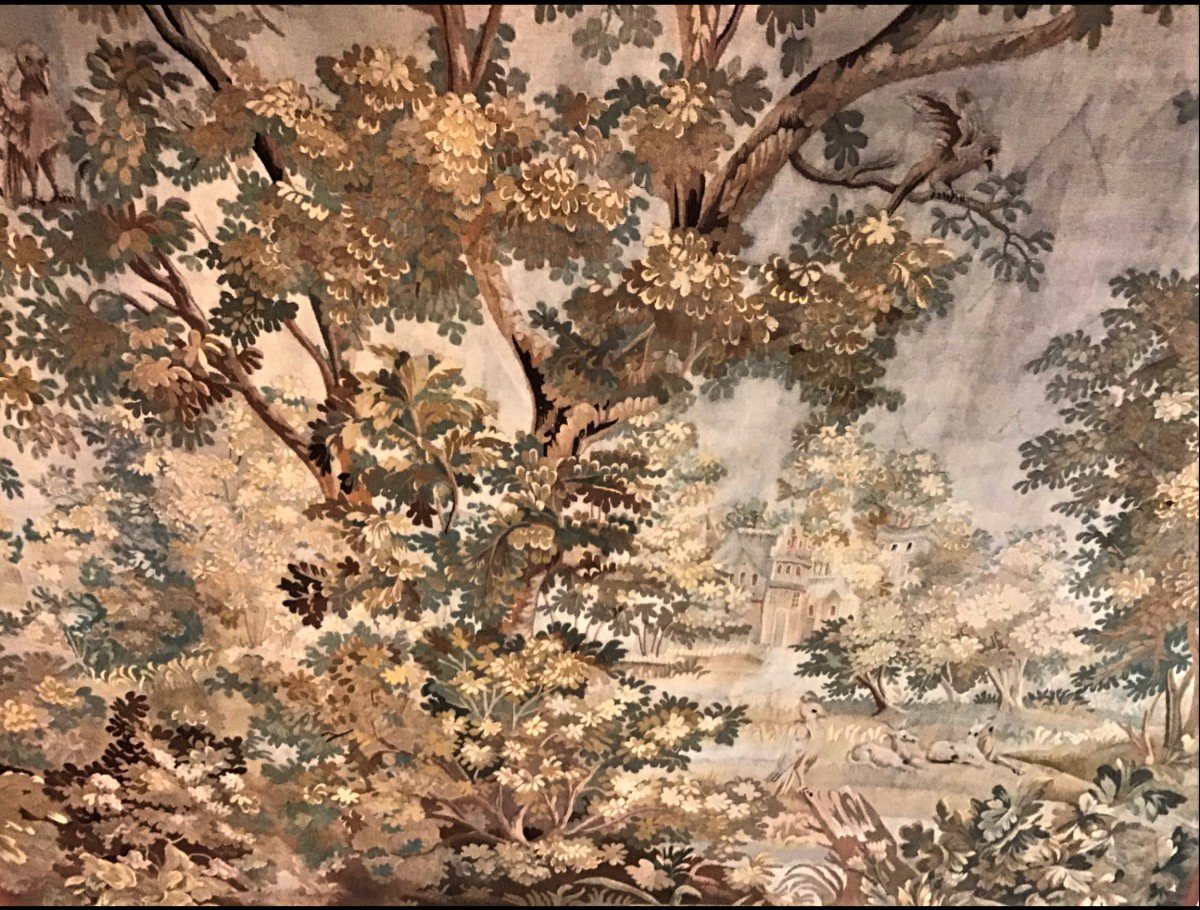
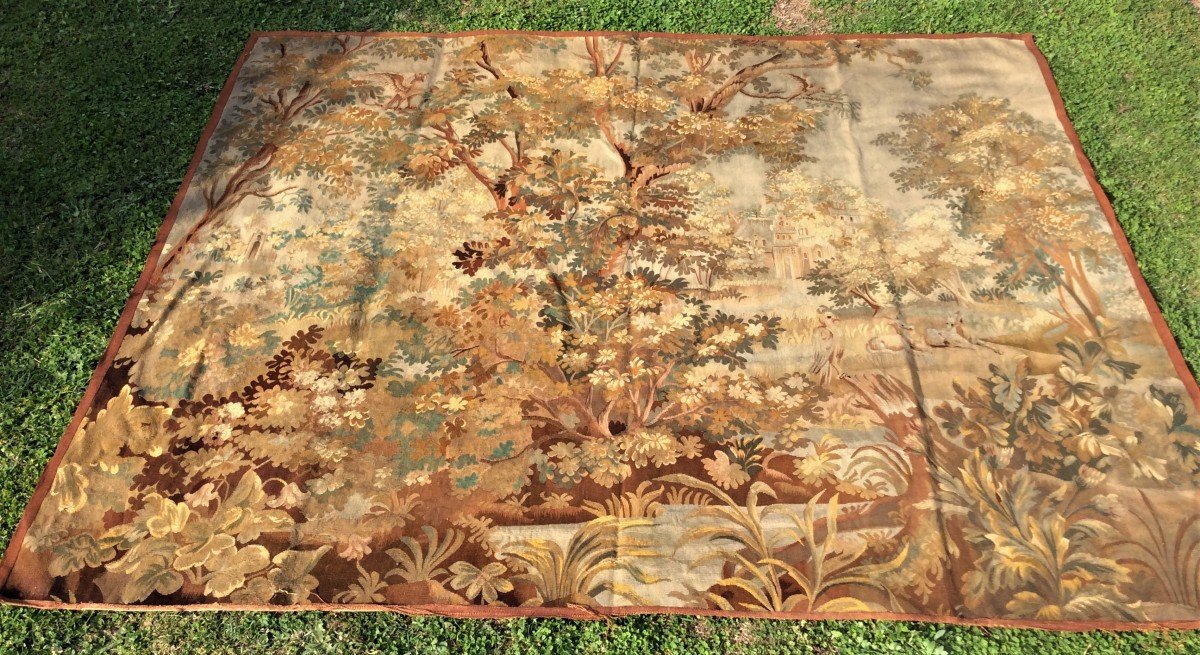
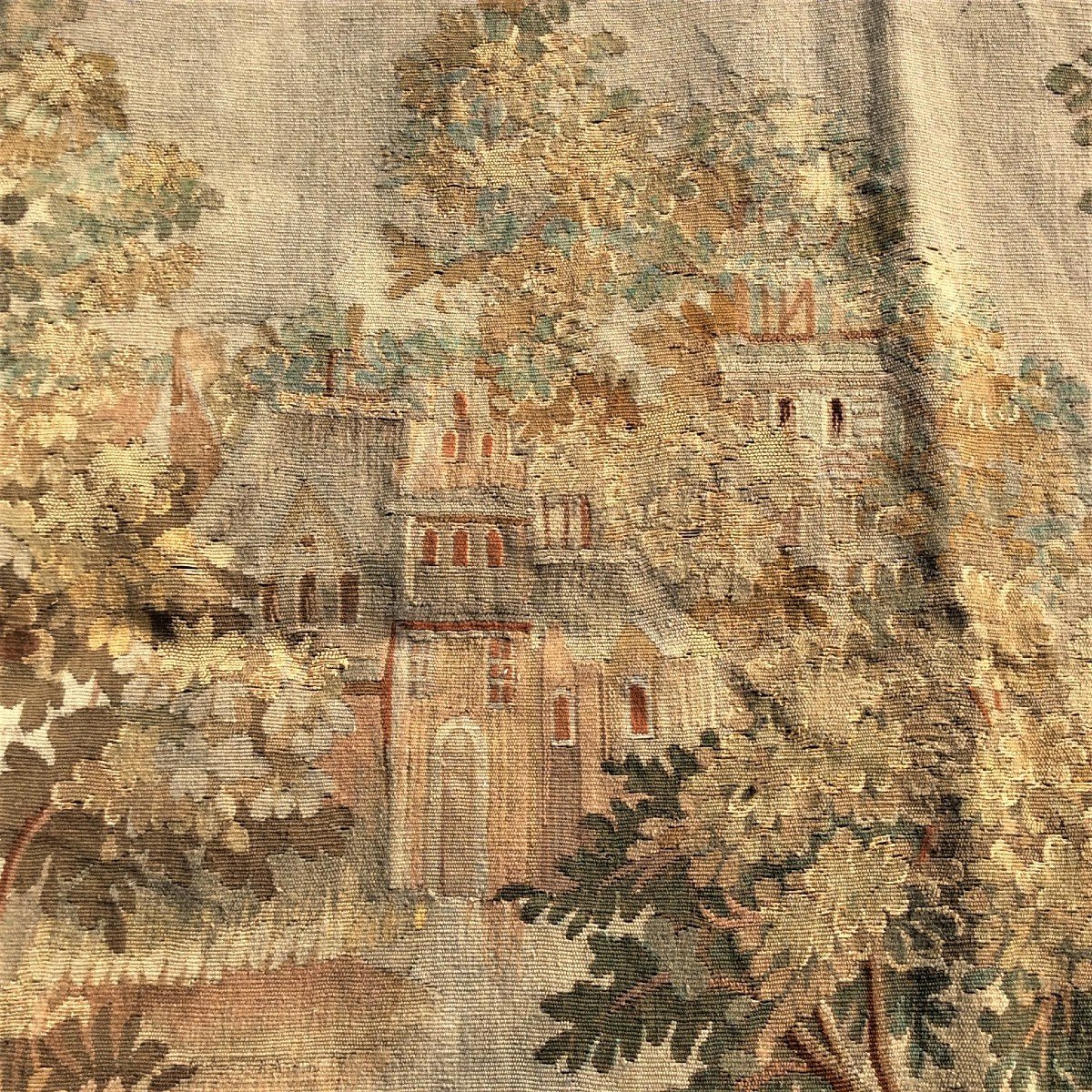
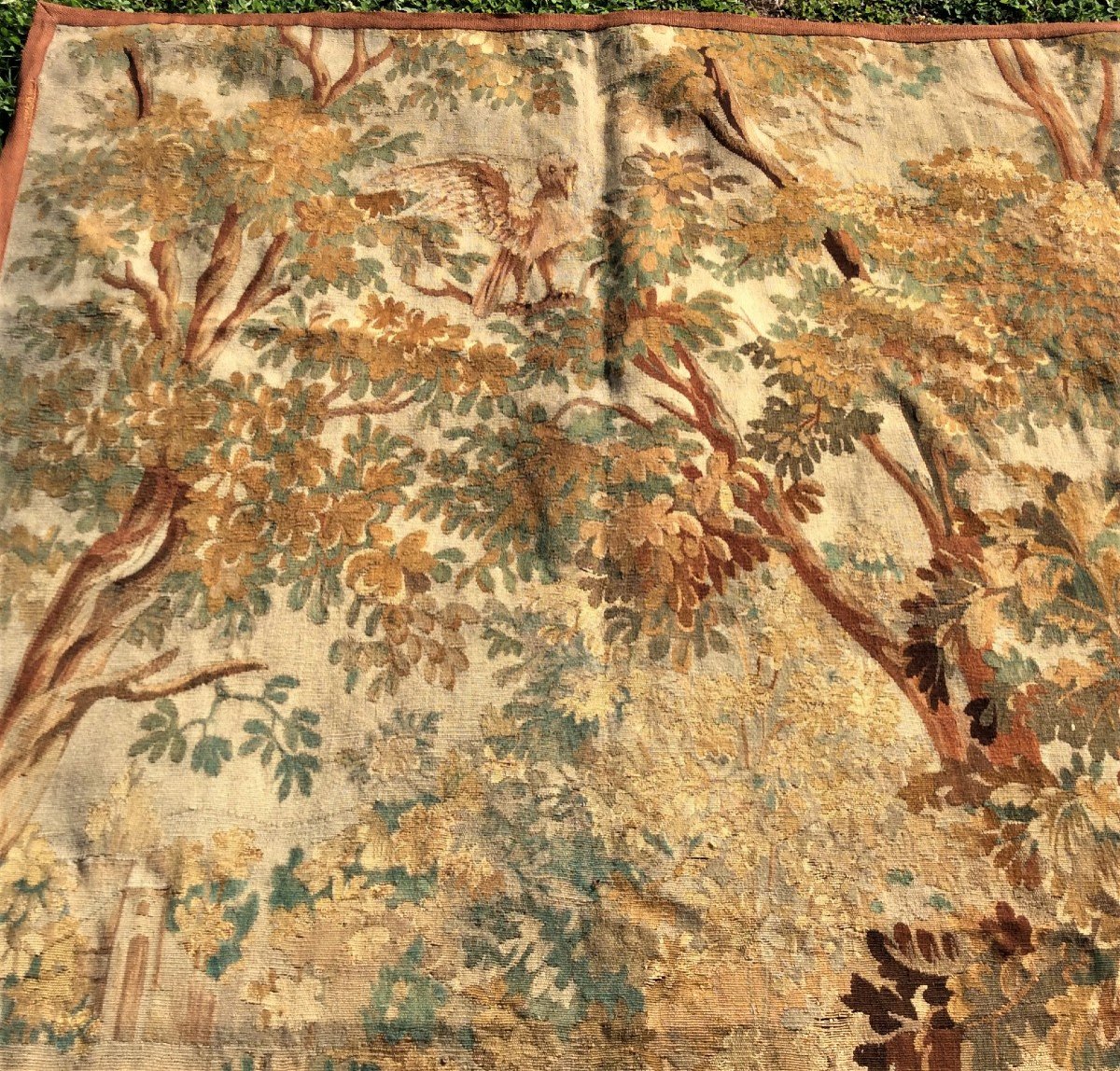
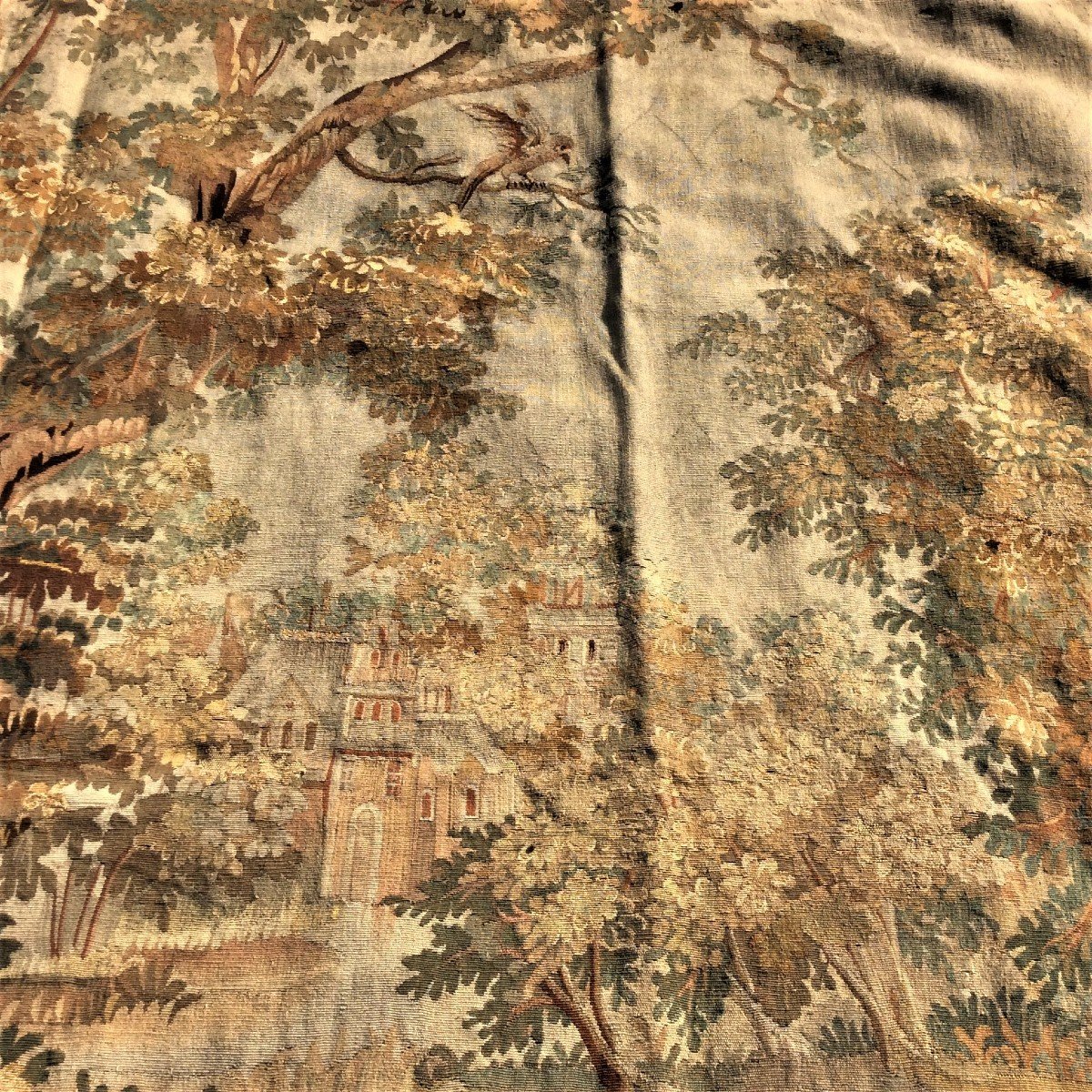
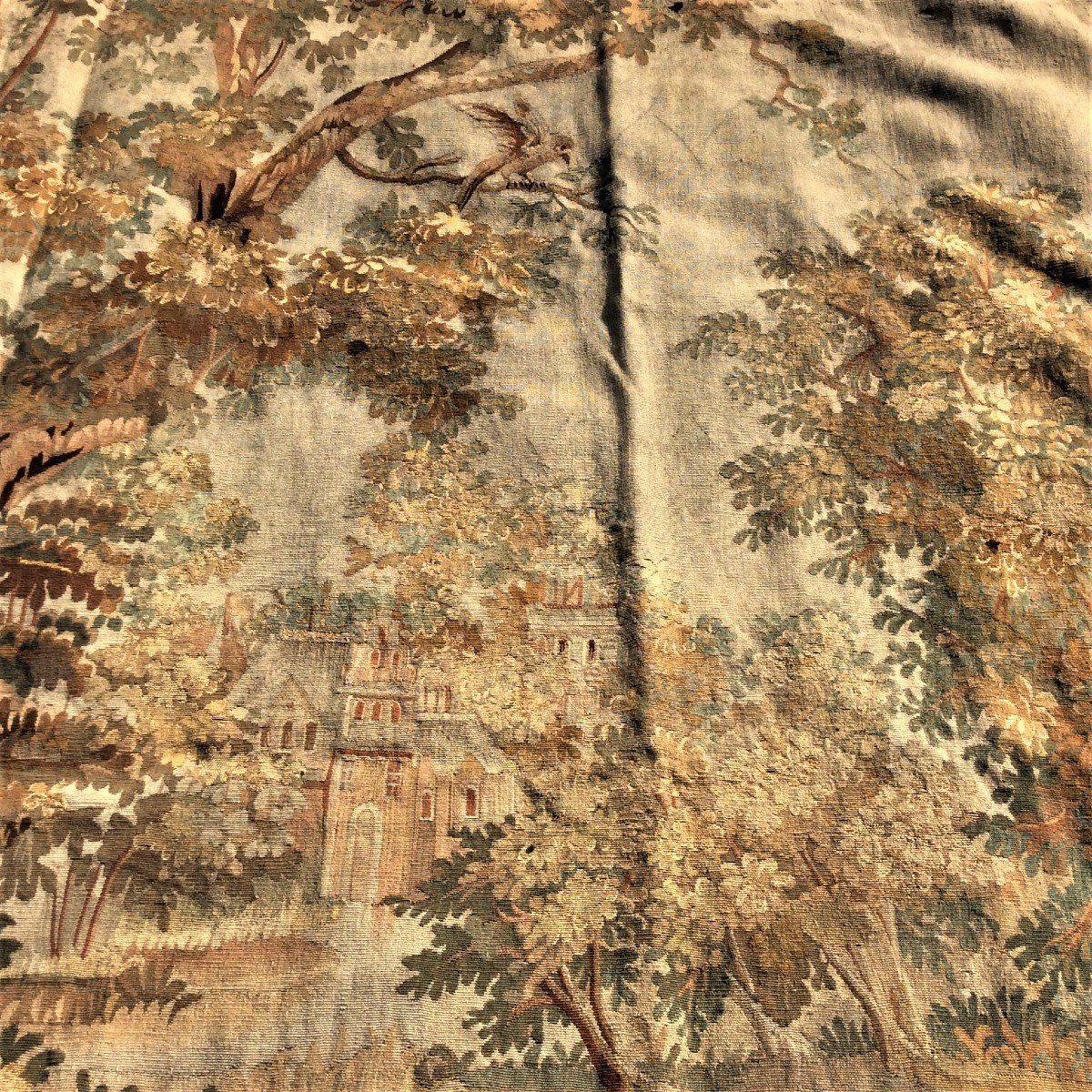
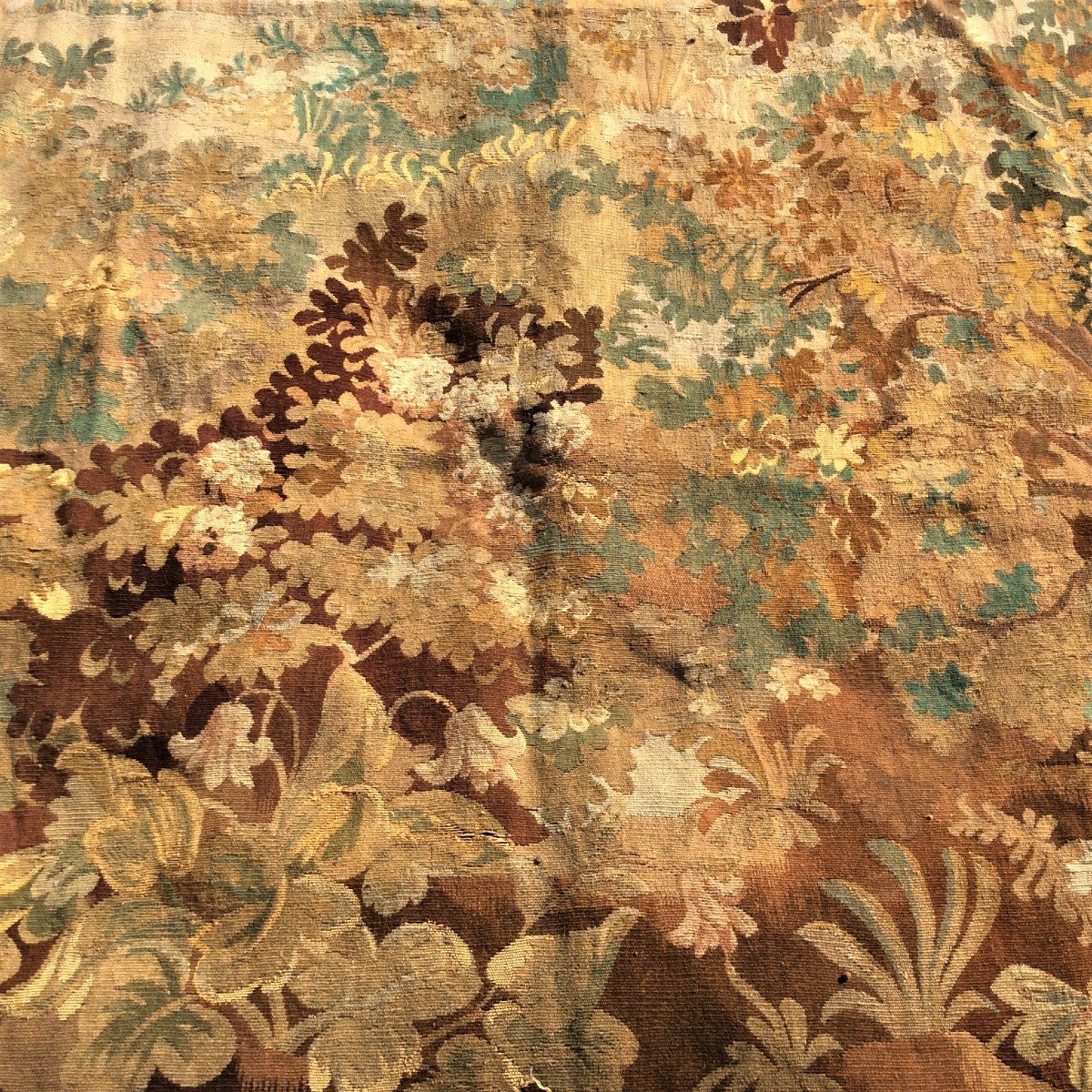

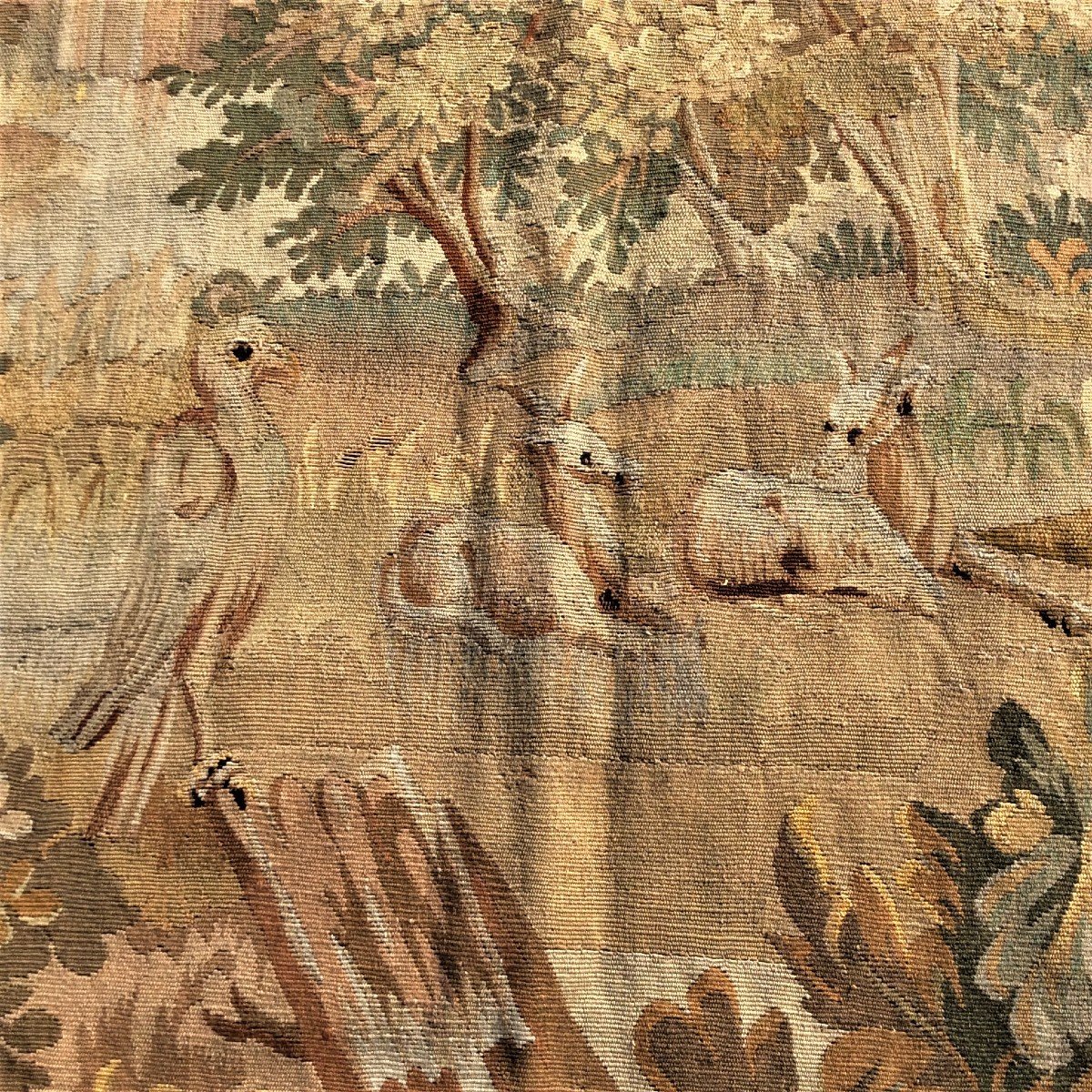
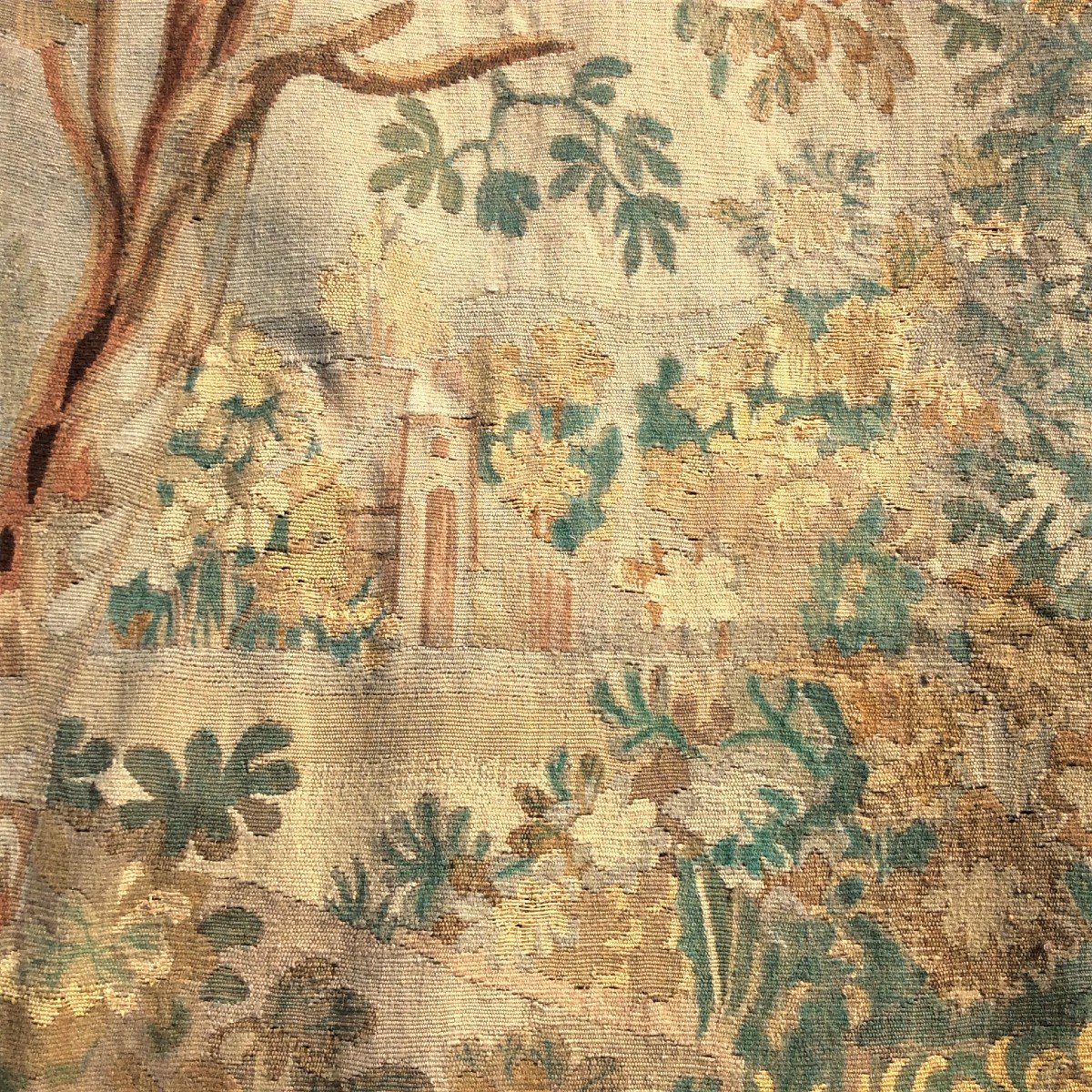
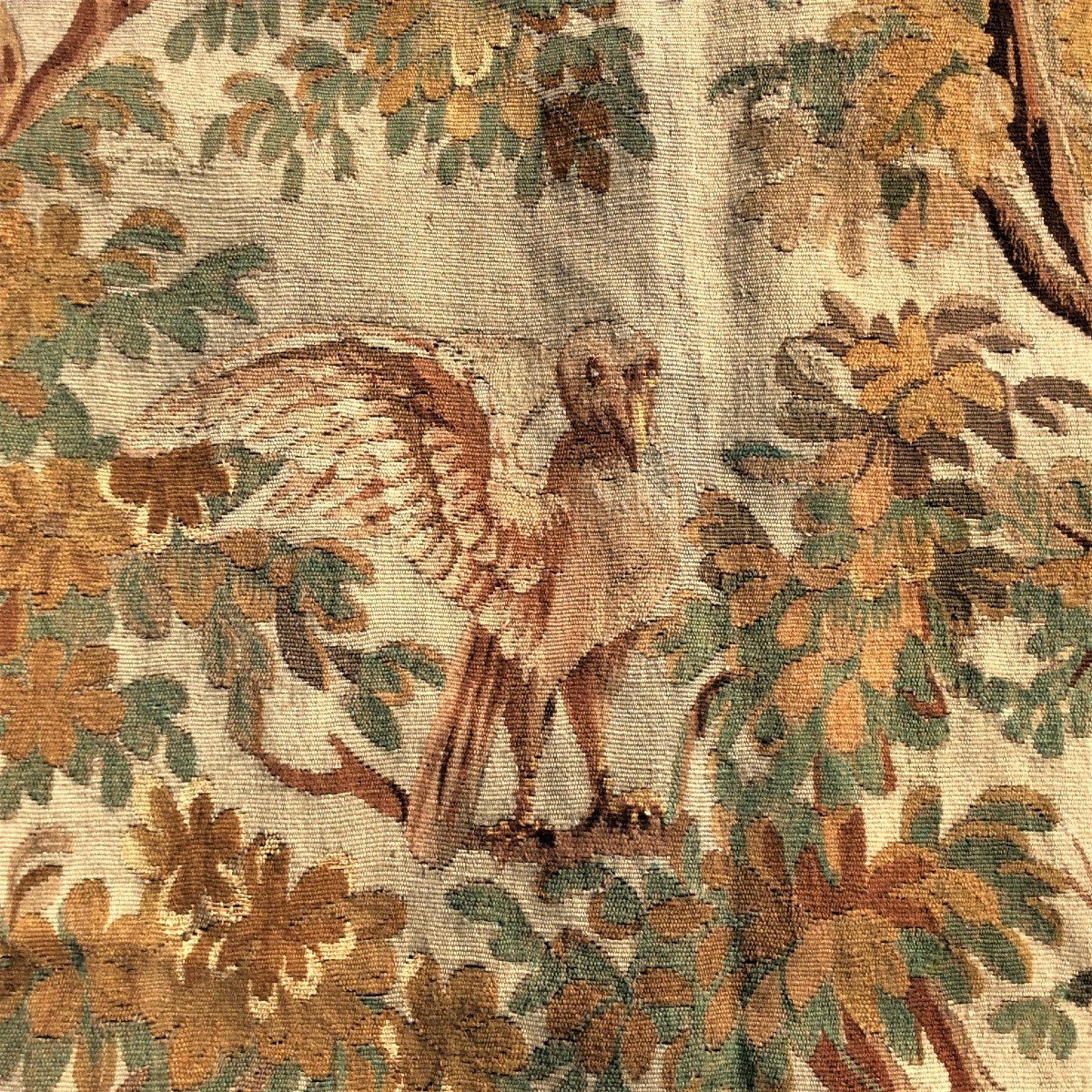

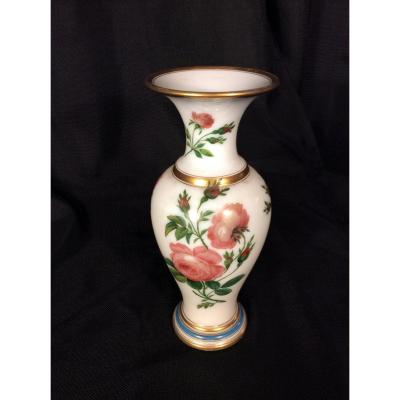

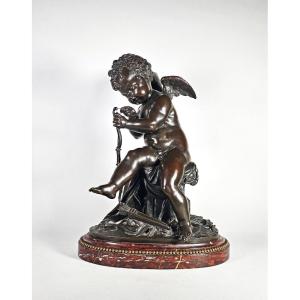

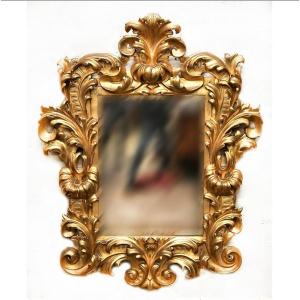



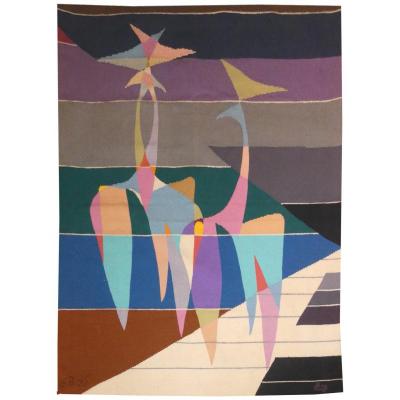
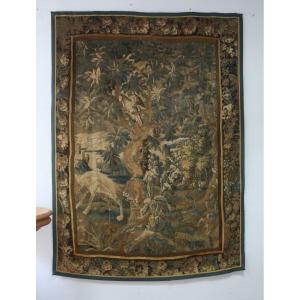
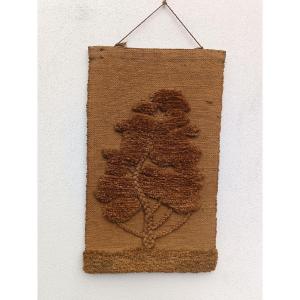
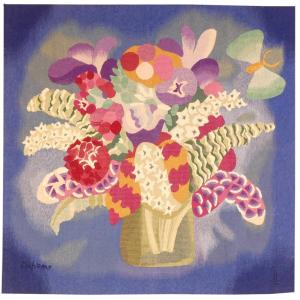



 Le Magazine de PROANTIC
Le Magazine de PROANTIC TRÉSORS Magazine
TRÉSORS Magazine Rivista Artiquariato
Rivista Artiquariato
